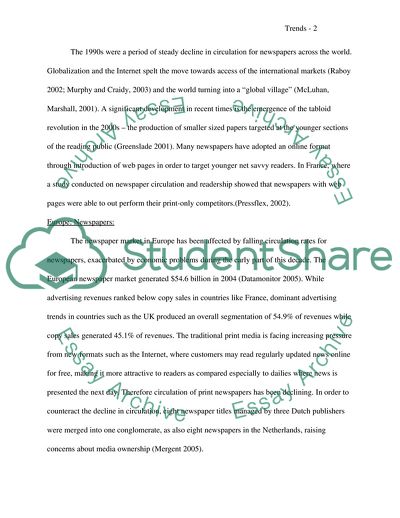Cite this document
(Marketing Trends in the Newspaper Industry of Europe and France Report, n.d.)
Marketing Trends in the Newspaper Industry of Europe and France Report. https://studentshare.org/marketing/1704301-using-databases-analyse-the-trends-in-the-markets-in-europe-and-france-in-the-newspaper-industry
Marketing Trends in the Newspaper Industry of Europe and France Report. https://studentshare.org/marketing/1704301-using-databases-analyse-the-trends-in-the-markets-in-europe-and-france-in-the-newspaper-industry
(Marketing Trends in the Newspaper Industry of Europe and France Report)
Marketing Trends in the Newspaper Industry of Europe and France Report. https://studentshare.org/marketing/1704301-using-databases-analyse-the-trends-in-the-markets-in-europe-and-france-in-the-newspaper-industry.
Marketing Trends in the Newspaper Industry of Europe and France Report. https://studentshare.org/marketing/1704301-using-databases-analyse-the-trends-in-the-markets-in-europe-and-france-in-the-newspaper-industry.
“Marketing Trends in the Newspaper Industry of Europe and France Report”. https://studentshare.org/marketing/1704301-using-databases-analyse-the-trends-in-the-markets-in-europe-and-france-in-the-newspaper-industry.


